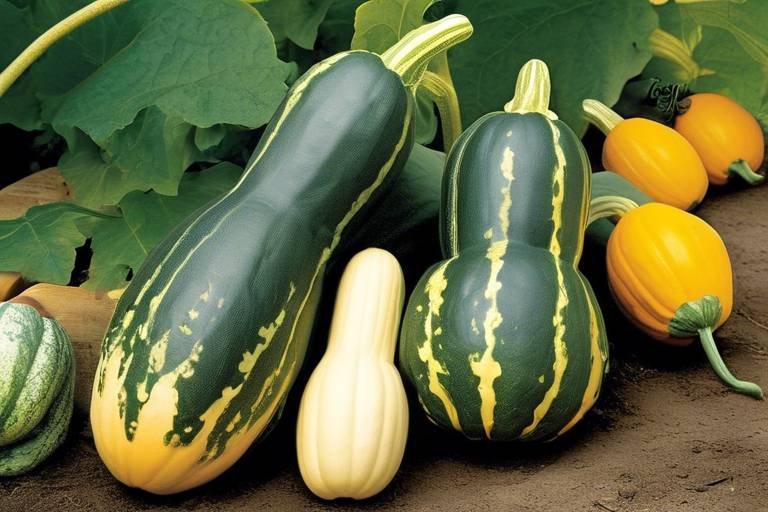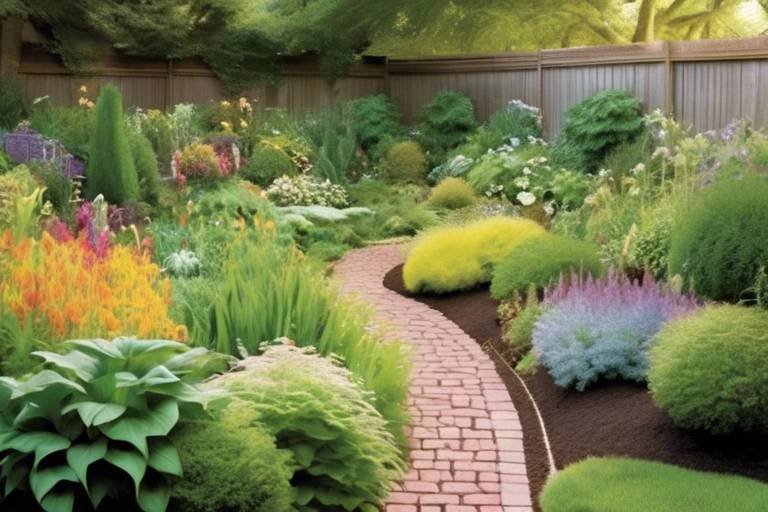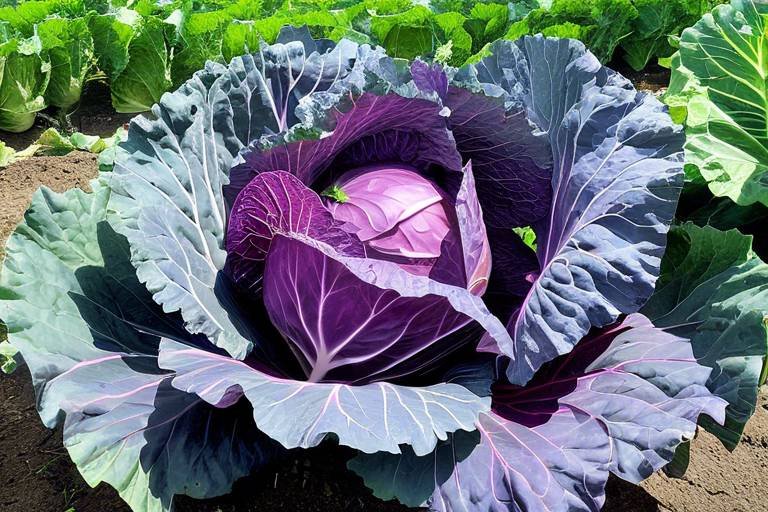Best Plants for Creating a Garden Path Border
When it comes to creating a stunning garden path border, selecting the right plants is key to achieving a beautiful and functional outdoor space. Each plant choice plays a crucial role in enhancing the overall aesthetic appeal of the pathway, adding color, texture, and even fragrance to the surroundings. Let's explore some of the best plants that can transform a simple garden path into a captivating and inviting feature.
Lavender, with its fragrant blooms and elegant foliage, stands out as a popular option for garden borders. Not only does it add a splash of color to the pathway, but the delightful scent it releases creates a sensory experience for anyone walking by. The beauty of lavender lies not only in its appearance but also in the calming atmosphere it brings to the garden.
Boxwood shrubs offer a classic and timeless look for garden borders. Their versatility and ease of shaping make them a favorite choice among gardeners looking to create well-defined edges. With year-round greenery and structured growth, boxwoods provide a sense of order and neatness to the garden path, enhancing its overall appeal.
Daylilies, known for their low-maintenance nature and vibrant blooms, are an excellent option for bordering garden paths. Available in a wide array of colors, daylilies bring a pop of brightness and joy to the surroundings. Their easy-to-grow nature makes them a hassle-free choice for those seeking a colorful and lively border.
Creeping thyme, a ground cover plant, not only adds visual interest to garden borders but also releases a pleasant aroma when stepped on. This aromatic experience enhances the sensory journey along the pathway, creating a unique and delightful walking experience for visitors.
Hostas, prized for their lush foliage in various shades of green, are perfect for adding elegance and texture to garden path borders. Their large leaves create a bold statement, while their easy maintenance makes them a practical choice for those looking to enhance the visual appeal of their outdoor space.
Sedum plants, known for their drought tolerance and diverse colors and heights, offer a versatile option for garden borders. Their ability to thrive in various conditions makes them a reliable choice for adding visual interest and dynamic texture to the pathway, creating a dynamic and engaging landscape.
Japanese Forest Grass, an ornamental grass variety, brings a touch of grace and sophistication to garden path borders. Its airy texture and gentle movement in the wind add a sense of fluidity and movement to the surroundings, creating a harmonious and visually appealing border for the pathway.
Salvia plants, with their colorful spikes of flowers that attract pollinators, add a vibrant and wildlife-friendly touch to garden path borders. The lively blooms not only brighten up the pathway but also contribute to the ecosystem by inviting beneficial insects and birds to the garden.
Heuchera, also known as coral bells, features colorful foliage that adds a striking pop of color and unique texture to garden path borders. The intricate patterns and varying hues of Heuchera leaves create a visually captivating display, enhancing the overall appeal of the garden landscape.
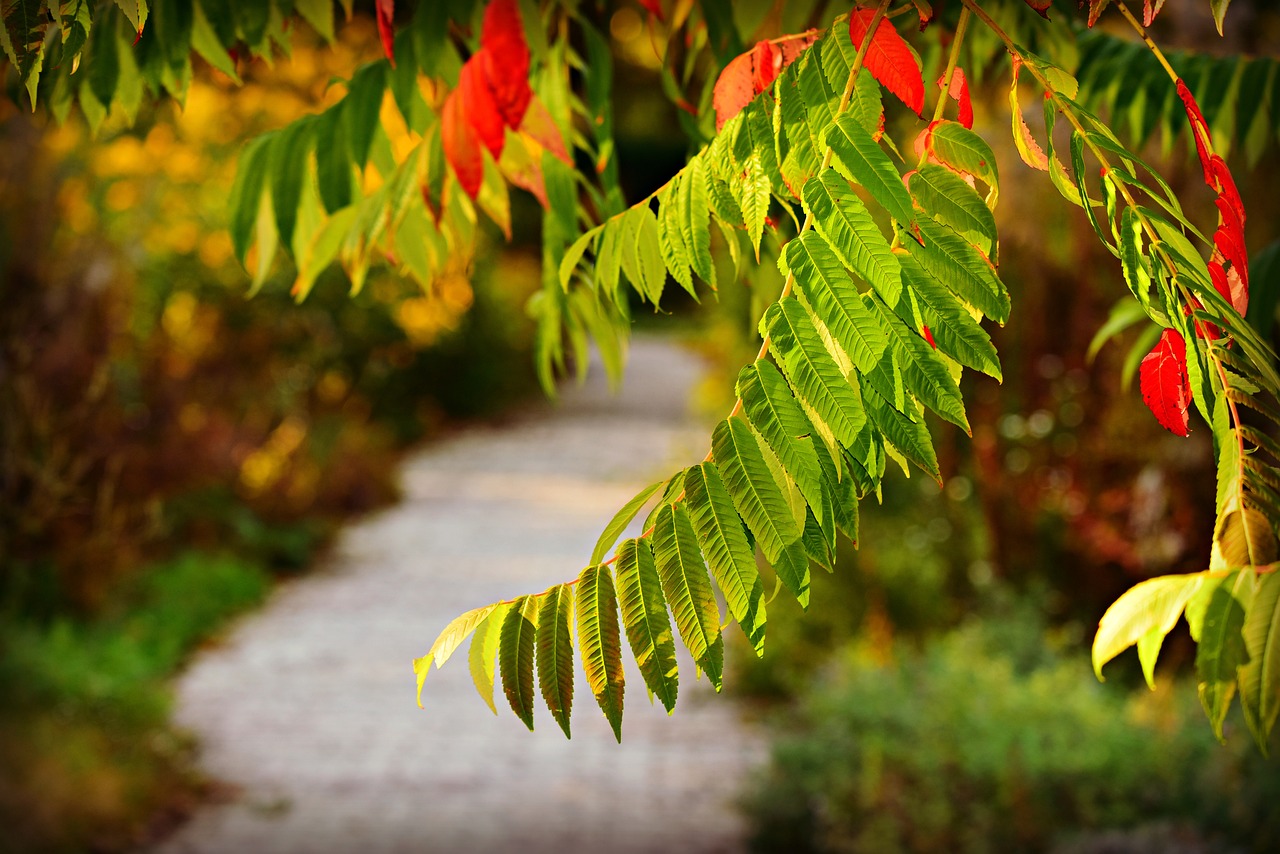
1. Lavender
Lavender is a beloved plant choice for garden path borders, known for its fragrant blooms and visually appealing foliage. This versatile herb not only adds a pop of color but also enhances the sensory experience of walking along the pathway. Imagine the delightful scent of lavender wafting through the air as you stroll through your garden, creating a calming and serene atmosphere.
One of the key benefits of lavender is its ability to attract pollinators, such as bees and butterflies, adding life and movement to your outdoor space. Additionally, this plant is relatively low-maintenance, making it an excellent option for those looking to add beauty to their garden without constant upkeep.
When considering lavender for your garden path border, think about the various species and cultivars available, each offering unique characteristics in terms of color, height, and blooming season. Whether you prefer the classic English lavender or the vibrant French varieties, there is a lavender plant to suit every taste and garden style.
Pairing lavender with other complementary plants can create a visually stunning border that enhances the overall aesthetic appeal of your garden path. Consider mixing lavender with ornamental grasses, such as Japanese Forest Grass, for a dynamic and textured look that adds depth and interest to the landscape.
Furthermore, lavender is not only a beautiful addition to your garden but also a functional one. Its aromatic properties can help deter pests, making it a natural and eco-friendly way to protect your plants without the use of harmful chemicals. Embrace the beauty and benefits of lavender in your garden path border for a truly enchanting outdoor experience.

2. Boxwood
When it comes to creating a garden path border that exudes timeless elegance and structure, Boxwood shrubs are a top choice for gardeners. These versatile plants are not only easy to shape into desired forms but also provide a classic and polished look to garden borders. With their year-round greenery, Boxwood shrubs ensure that your garden path remains vibrant and structured regardless of the season.
Imagine a garden path lined with meticulously trimmed Boxwood shrubs, resembling a neatly tailored suit that never goes out of style. These shrubs act as the backbone of your garden border, offering a sense of order and symmetry that enhances the overall aesthetic appeal of your outdoor space. Whether you prefer a formal or informal garden design, Boxwood shrubs can adapt to various styles, making them a versatile choice for creating a cohesive and visually pleasing garden path border.
Furthermore, the dense foliage of Boxwood shrubs serves as a living wall that defines the boundaries of your garden path, creating a sense of enclosure and intimacy within your outdoor sanctuary. Their ability to withstand frequent trimming and shaping allows you to unleash your creativity and sculpt these shrubs into intricate patterns or simple geometric shapes, adding a personalized touch to your garden border.
With Boxwood shrubs as the cornerstone of your garden path border, you can enjoy a low-maintenance yet sophisticated landscaping feature that elevates the beauty of your outdoor environment. Whether used as a standalone border or combined with other plant varieties, Boxwood shrubs bring a sense of timeless charm to your garden path, making every stroll a delightful experience.
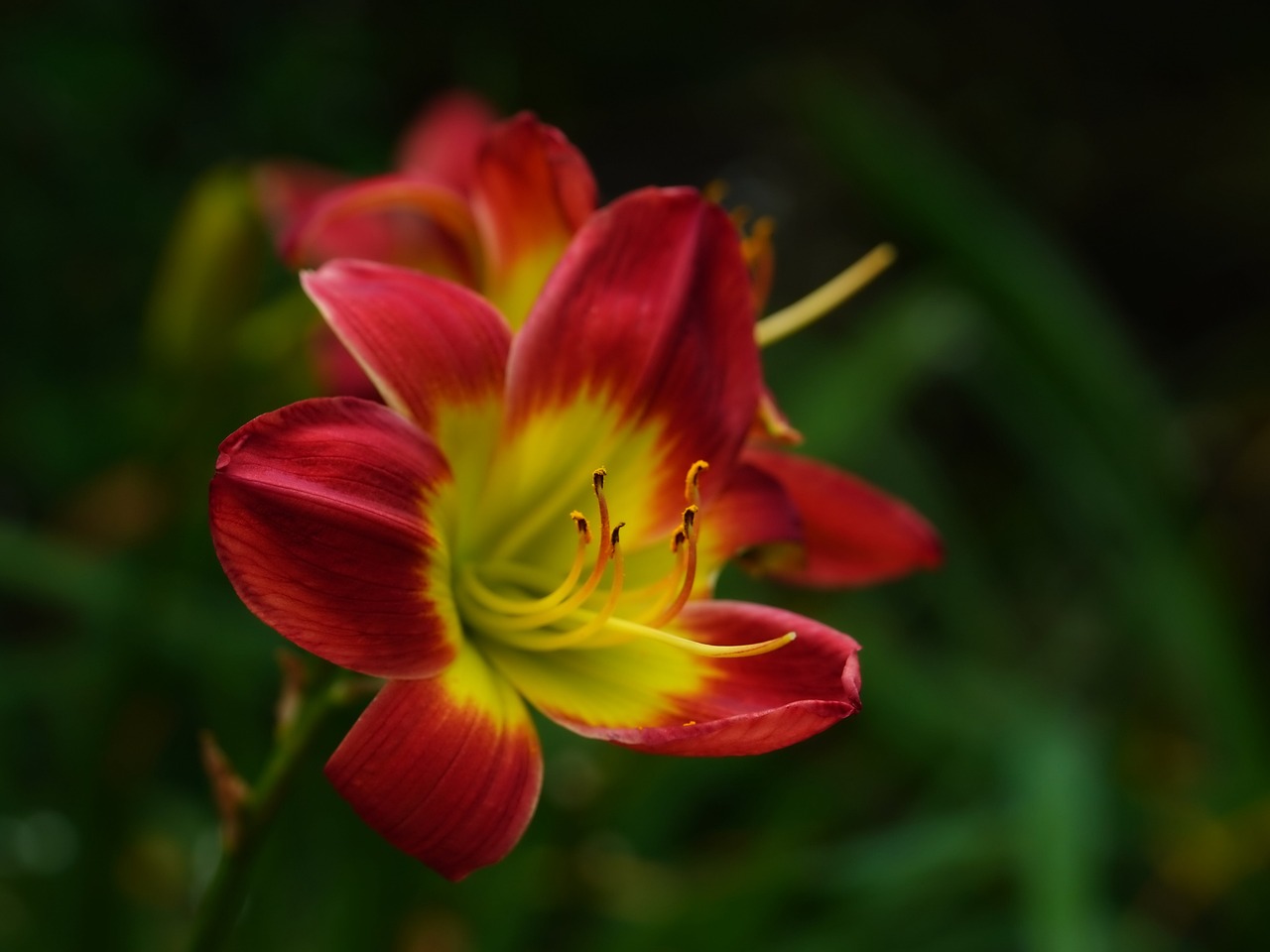
3. Daylilies
When it comes to selecting plants for creating a stunning border along your garden path, Daylilies stand out as a fantastic choice. These low-maintenance perennials offer a plethora of benefits that can elevate the aesthetic appeal of your outdoor space.
Daylilies are renowned for their versatility and ease of growth, making them an excellent option for those looking to add a pop of color and vibrancy to their garden path borders. These plants come in a wide array of colors and sizes, allowing you to customize your border to suit your preferences.
One of the key advantages of Daylilies is their ability to thrive in various conditions, making them a resilient choice for gardeners of all skill levels. Whether your garden path receives full sun or partial shade, Daylilies can adapt and flourish, brightening up the space with their cheerful blooms.
Additionally, Daylilies are perennial plants, meaning they will return year after year, providing a reliable and consistent border for your garden path. Their low-maintenance nature makes them a hassle-free option for busy gardeners who still want to enjoy a beautiful and well-maintained outdoor area.
Furthermore, the long blooming period of Daylilies ensures that your garden path border will be adorned with colorful flowers for an extended period, creating a visually appealing and dynamic landscape feature. Their graceful and elegant appearance adds a touch of sophistication to the overall design of your garden.
In conclusion, Daylilies are a fantastic choice for creating a garden path border that is both visually stunning and easy to maintain. Their vibrant colors, resilient nature, and long-lasting blooms make them a top contender for gardeners looking to enhance the beauty of their outdoor space.
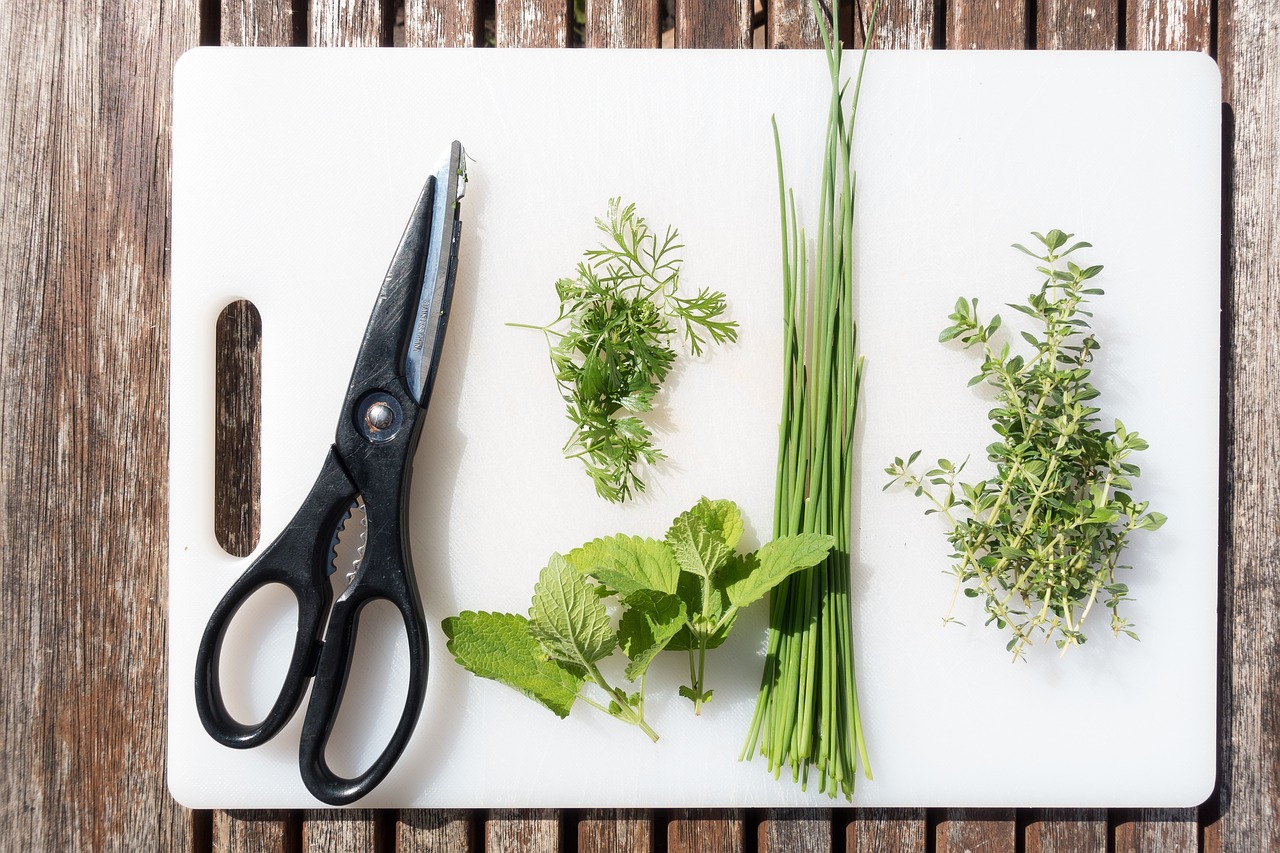
4. Creeping Thyme
Creeping thyme, also known as Thymus praecox, is a delightful ground cover plant that serves as a charming addition to garden path borders. This low-growing herb features tiny, aromatic leaves that release a pleasant scent when crushed or stepped on, creating a sensory experience for anyone strolling along the pathway. Creeping thyme's ability to withstand foot traffic makes it an excellent choice for lining garden paths, as it not only adds visual interest but also engages the sense of smell, enhancing the overall ambiance of the outdoor space.

5. Hostas
Hostas are beloved for their lush foliage, which comes in various shades of green, ranging from light and bright to deep and dark. These plants are perfect for adding a touch of elegance and texture to garden path borders, creating a visually appealing and dynamic landscape. Hostas are versatile in their ability to thrive in different light conditions, making them suitable for various garden settings.

6. Sedum
Sedum plants are a fantastic choice for garden path borders due to their versatility and visual appeal. These drought-tolerant plants come in various heights and colors, allowing you to create a dynamic border that adds interest to your outdoor space. Whether you prefer the low-growing Sedum acre for ground cover or the taller Sedum 'Autumn Joy' for a striking focal point, there is a sedum variety to suit every garden style.
One of the key benefits of sedum is its ability to thrive in various conditions, from full sun to partial shade, making it a resilient option for border planting. Additionally, sedum requires minimal maintenance, making it an excellent choice for busy gardeners looking to add beauty to their landscape without constant upkeep.
When designing your garden path border with sedum, consider mixing different varieties to create a visually appealing tapestry of colors and textures. Combining low-growing sedum with taller varieties can add depth and dimension to the border, enhancing the overall aesthetic of your garden path.
Furthermore, sedum plants are known for their ability to attract pollinators such as bees and butterflies, making them not only visually pleasing but also beneficial for the ecosystem. By incorporating sedum into your garden path border, you can create a vibrant and wildlife-friendly environment that enhances the natural beauty of your outdoor space.

7. Japanese Forest Grass
Japanese Forest Grass, also known as Hakone grass, is a stunning ornamental grass that can bring a touch of elegance and movement to your garden path borders. Its graceful, arching foliage creates a flowing effect, resembling gentle waves in a serene forest. This unique texture adds a sophisticated element to the overall design of your outdoor space, making it stand out among other plant choices.
One of the key features of Japanese Forest Grass is its ability to thrive in partial shade, making it an excellent option for areas of your garden path that receive dappled sunlight throughout the day. This grass is relatively low-maintenance, requiring occasional watering and trimming to keep it looking neat and tidy. Its vibrant green leaves can brighten up shady corners and complement other plants in the border.
When strategically planted along the edges of your garden path, Japanese Forest Grass can soften hard lines and create a seamless transition between the pathway and the surrounding landscape. Its airy appearance adds a sense of lightness and movement, enhancing the visual appeal of your garden while providing a natural backdrop for other flowering plants or shrubs.

8. Salvia
Salvia plants are a delightful addition to garden path borders, offering a burst of color and attracting pollinators with their vibrant spikes of flowers. These colorful blooms not only enhance the visual appeal of the pathway but also contribute to creating a wildlife-friendly environment in your garden.
One of the key advantages of planting salvia along your garden path is the low maintenance required to keep these plants thriving. With minimal care, they can continue to bloom season after season, providing a long-lasting and colorful border that requires little effort on your part.
Salvia's ability to attract pollinators such as bees and butterflies adds an interactive element to your garden path, as these beneficial insects visit the flowers, creating a dynamic and lively atmosphere. By incorporating salvia into your garden borders, you are not only beautifying the space but also supporting local pollinator populations.
Moreover, the vertical spikes of salvia flowers create a striking visual contrast against the greenery of other plants, adding depth and dimension to the border along your garden path. This vertical element can help break up the monotony of lower-growing plants, creating a dynamic and visually engaging landscape.
Overall, salvia plants offer a versatile and visually appealing option for garden path borders, bringing color, wildlife attraction, and effortless beauty to your outdoor space. Consider adding these vibrant blooms to enhance the aesthetic charm of your garden pathway.

9. Heuchera
Heuchera, commonly known as coral bells, is a versatile and visually striking plant that can elevate the look of garden path borders. With its vibrant and colorful foliage, Heuchera adds a pop of color and a unique texture to the landscape, creating a dynamic and eye-catching border. These plants come in a wide range of hues, from deep purples and rich greens to bright oranges and yellows, allowing for endless possibilities in design and color combinations.
One of the key advantages of Heuchera is its adaptability to different light conditions, making it suitable for various garden settings. Whether your garden path receives full sun, partial shade, or even full shade, there is a Heuchera variety that can thrive in that environment. This flexibility in light requirements makes Heuchera a practical and low-maintenance choice for bordering pathways.
In addition to its aesthetic appeal and adaptability, Heuchera is also known for its resilience and durability. These plants are generally resistant to pests and diseases, making them a reliable and long-lasting option for garden borders. With proper care and maintenance, Heuchera can continue to enhance the beauty of your garden path for years to come.
When incorporating Heuchera into your garden path border, consider mixing different varieties to create a visually interesting display. Combining contrasting colors and leaf shapes can add depth and dimension to the border, making it a focal point of your outdoor space. Whether used as a single planting or in a mixed border with other plants, Heuchera is sure to make a statement along your garden path.
Frequently Asked Questions
- What are the benefits of using plants for garden path borders?
Using plants for garden path borders not only enhances the visual appeal of your outdoor space but also adds texture, color, and fragrance to the pathway. Plants create a natural and inviting atmosphere, attracting beneficial insects and wildlife while promoting biodiversity in your garden.
- How do I choose the right plants for creating a garden path border?
When selecting plants for garden path borders, consider factors such as sunlight exposure, soil type, climate conditions, and maintenance requirements. Choose plants that complement the overall theme of your garden and provide a harmonious transition along the pathway.
- What are some low-maintenance plant options for garden path borders?
Low-maintenance plant options for garden path borders include daylilies, sedum, and creeping thyme. These plants require minimal care, are drought-tolerant, and can thrive in various growing conditions, making them ideal choices for busy gardeners.
- How can I ensure a cohesive look when using different plant varieties for garden path borders?
To achieve a cohesive look when using different plant varieties for garden path borders, consider factors such as color coordination, plant heights, and foliage textures. Group plants with similar characteristics together and create a balanced arrangement to maintain visual harmony along the pathway.





